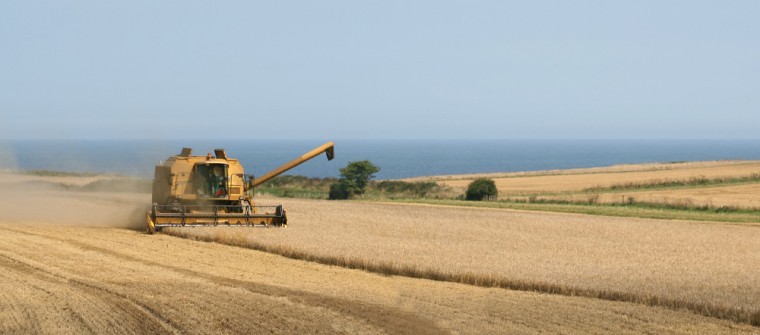Provisional results from Strutt & Parker’s annual contract farming survey for 2015, which covers more than 10,000ha of arable land in England, show a 19% fall in commodity prices, which caused gross income per hectare to fall to £1,175/ha, the lowest since 2009.
Dr Jason Beedell, rural research partner at Strutt & Parker, said although variable costs fell by 8% to £447/ha, their lowest level for four years, it was not enough to offset the slump in commodity prices.
“Variable costs fell in 2015, however they are still nearly £100/ha higher than they were five years ago. Within that, it is also clear that the battle against resistant weeds and diseases is forcing up spray costs, from around £140/ha in 2007-09 to £190/ha now.”
Mr Beedell said overall the average income to the farmer was £328/ha in 2015, 23% lower than in 2014 and the lowest level since the survey began in 2007.
The average income to the contractor was down by the same percentage to £319/ha, of which £269/ha was the contractor’s charge – the fixed payment the contractor receives for providing labour and machinery as part of the agreement.
Robert Gazely, partner in the farming department at Strutt & Parker, said the fall in income was not unexpected given the pressure on commodity markets but contract farming agreements remained a good option for many people.
“If you examine the long-term performance of agreements, farmers have received an income slightly above a typical rent for a three-to five-year Farm Business Tenancy and have retained the active involvement, management control and tax benefits associated with being a trading farmer.
“In a good year, a farmer has made more from a contract farming agreement than renting out the land and even in what has proved to be a bad year, the farmer made £328/ha which is more than many others will have made elsewhere.
“In addition, farmers have also benefited from needing lower working capital requirements. The landowner has paid an average income to the contractor of £422/ha since 2007, which is £150/ha lower than a typical power, machinery and labour cost of £575/ha for a cereal farm.
“What is more, as a farmer, as opposed to a landlord, you have much more control over how the land is managed which means you can work together on problems such as blackgrass control. This avoids storing up problems for the future and protects the value of the land.”
Mr Gazely added that the agreement needed to work for both parties and be sustainable, requiring a realistic contractor’s charge and farmer’s retention.
“In well-structured agreements, both sides should be incentivised by the same outcomes – producing high yields, controlling costs and meeting the farmer’s objectives for sustainable land management.”




